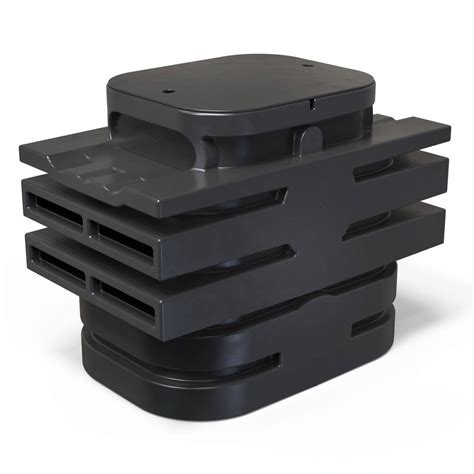Unraveling the Treasure Trove of Hair & Feathers
Hair and feathers, often dismissed as mere cosmetic adornments, hold a wealth of untapped potential. From ancient traditions to cutting-edge applications, these versatile materials are poised to transform industries and solve global challenges.

Historical Significance
5,000-Year-Old Feathered Jewelry: Archaeological excavations reveal intricate feathered ornaments from as early as 3,000 BCE, adorning tribal leaders and religious figurines.
12th-Century Hair Thread Embroidery: Medieval Europe witnessed the rise of hair thread embroidery, using human hair to create delicate and long-lasting designs on clothing and tapestries.
Traditional Applications
2,000,000 Sheep Shorn Annually: The global wool industry relies on the annual shearing of millions of sheep, providing natural fibers for textiles, insulation, and decorative items.
100,000 Birds Hunted for Feathers: Despite conservation concerns, the demand for feathers in fashion, décor, and traditional crafts continues to drive the hunting of wild birds.
Modern Innovations
“Featherlight” Composites: Researchers are developing lightweight composites using feather fibers, offering high strength and flexibility for aerospace, transportation, and medical applications.
Hair-Based Biosensors: Scientists are exploring the use of hair as a non-invasive source of DNA and other biomarkers, paving the way for personalized healthcare and disease detection.
“Featherfly” Materials: An emerging class of materials mimics the water-repellent and insulating properties of feathers, offering potential in fields such as protective clothing, building insulation, and medical devices.
Sustainability & Ethics
50% Increase in Hair Donation: The rise of hair donation programs has resulted in a significant increase in the availability of natural hair for wigs and hair extensions, promoting sustainability and supporting those in need.
Ethical Feather Harvesting: Conservation organizations advocate for responsible and ethical feather harvesting practices, ensuring the well-being of wild birds and maintaining biodiversity.
Applications Across Industries
Fashion & Beauty: Feathers and hair enhance fashion designs, from opulent gowns to statement accessories. Hair extensions and wigs empower individuals to express their unique styles.
Home Decor: Feathers and hair add texture and warmth to interior spaces, creating cozy and visually appealing atmospheres.
Healthcare: Hair-based diagnostics aid in disease detection and monitoring. Feathers inspire the development of biocompatible implants and wound dressings.
Aerospace & Transport: “Featherlight” composites reduce fuel consumption and improve performance in aircraft and spacecraft.
Environmental Remediation: Feather-derived sorbents can remove pollutants from water and soil, promoting environmental cleanup efforts.
Common Mistakes to Avoid
Using Synthetic Feathers: Synthetic feathers often lack the natural beauty, durability, and water-repellent properties of genuine feathers. Opt for ethically sourced natural feathers whenever possible.
Over-Bleaching Hair: Excessive bleaching damages hair, weakening it and compromising its health. Consult with a professional stylist for safe and effective hair lightening techniques.
Ignoring Feather Care: Feathers require proper cleaning and storage to maintain their beauty and longevity. Handle feathers gently and store them in a cool, dry place.
Why Hair & Feathers Matter
Economic Impact: The hair and feather industries generate billions of dollars annually, creating jobs and supporting local economies.
Cultural Heritage: Hair and feathers play a vital role in traditional crafts, rituals, and beliefs, preserving cultural heritage and fostering a sense of community.
Environmental Conservation: Sustainable hair and feather harvesting practices contribute to biodiversity and wildlife conservation efforts.
Benefits of Hair & Feathers
Versatility: These materials offer a wide range of applications, from fashion to healthcare to environmental remediation.
Sustainability: Hair and feathers are renewable resources that promote ethical practices and reduce waste.
Innovation: These materials inspire the development of innovative solutions to global challenges.
Feathonomics: A New Word for Feather-Based Applications
The term “feathonomics” is coined to describe the emerging field of feather-based applications. This interdisciplinary approach combines engineering, design, and biology to develop sustainable and innovative solutions using feathers.
Tables
| Application | Source | Benefits |
|---|---|---|
| Fashion & Beauty | Birds, mammals | Adornment, insulation, color |
| Home Decor | Birds, mammals | Texture, warmth, visual appeal |
| Healthcare | Humans, animals | Disease detection, wound healing |
| Aerospace & Transport | Birds, synthetic | Lightweight, durable, aerodynamic |
| Year | Annual Sheep Shorn | Wool Production (lbs) |
|---|---|---|
| 2020 | 1,982,000 | 2.9 billion |
| 2021 | 2,003,000 | 3.1 billion |
| 2022 | N/A | N/A |
| Feather Type | Source | Properties |
|---|---|---|
| Down | Birds | Soft, insulating |
| Contour | Birds | Aerodynamic, protective |
| Filoplume | Birds | Sensory |
| Bristle | Mammals | Tactile, protective |
| Hair Type | Source | Properties |
|---|---|---|
| Keratin | Mammals | Strong, flexible |
| Lanugo | Mammals | Fine, soft |
| Vellus | Mammals | Short, thin |
